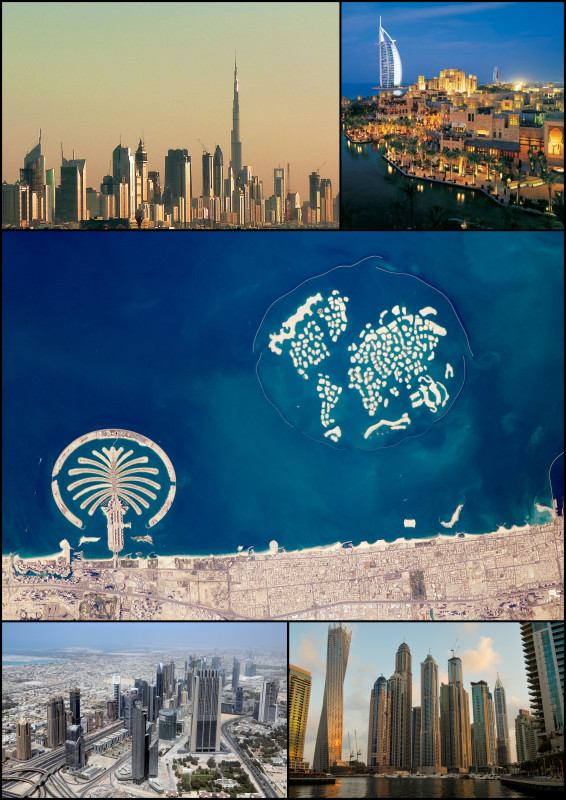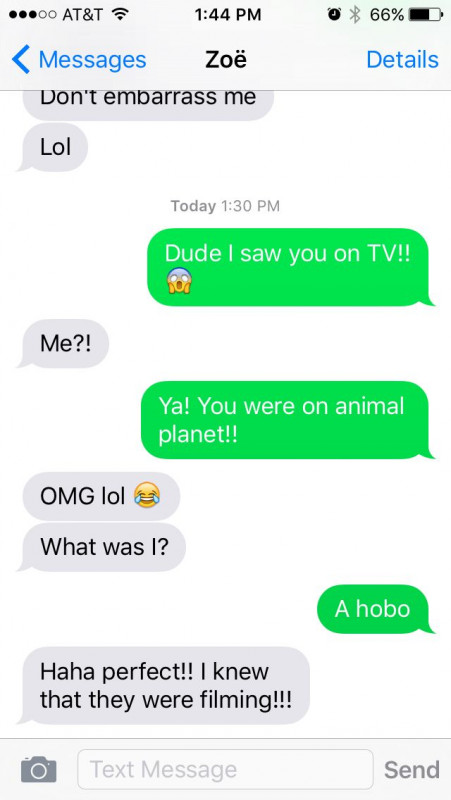Resilience and perseverance in the journey of Damien Hirst. A timeline of obstacles and growth.
Damien Hirst is a prominent English artist and art collector, known as one of the Young British Artists (YBAs) who significantly impacted the UK art world in the 1990s. Reputedly the wealthiest living artist in the UK, Hirst's career was initially intertwined with collector Charles Saatchi. Their collaborative relationship eventually dissolved due to growing tensions in 2003. Hirst's work is often characterized by controversial themes and materials, solidifying his place as a major figure in contemporary art.
1992: Turner Prize Nomination
In 1992, Damien Hirst was nominated for the Turner Prize for his first Young British Artists exhibition at the Saatchi Gallery in North London, which included his 'The Physical Impossibility of Death...'. However, the award went to Grenville Davey that year.
1994: Serpentine Gallery Exhibition and Vandalism
In 1994, Damien Hirst curated the show Some Went Mad, Some Ran Away at the Serpentine Gallery, where he exhibited Away from the Flock. Mark Bridger vandalized the artwork by pouring black ink into the tank, leading to a court case.
1997: Book reference to vandalism leads to copyright suit
In 1997, When a photograph of Away from the Flock was reproduced in the book by Hirst I want to spend the rest of my life everywhere, with everyone, one-to-one, always, forever, now, the vandalism was referenced by allowing the tank to be obscured by pulling a card, reproducing the effect of ink being poured into the tank; this resulted in Hirst being sued by Bridger for violating his copyright on Black Sheep.
1999: Foundation of Stuckist Art Group
In 1999, the Stuckist art group was founded with a specific anti-Britart agenda by Charles Thomson and Billy Childish. Damien Hirst is one of their main targets.
1999: Plagiarism Challenges Begin
Starting in 1999, Damien Hirst's works have been challenged and contested as plagiarized 16 times. One instance involved his sculpture Hymn, which led to legal proceedings and an out-of-court settlement.
April 2003: Saatchi Gallery Opening and Relationship Strain
In April 2003, the Saatchi Gallery opened at new premises in County Hall, London, including a Hirst retrospective. This event brought a strain in Damien Hirst's relationship with Charles Saatchi to a head, leading Hirst to disassociate himself from the retrospective.
2003: Stuckism International Gallery Exhibition
In 2003, the Stuckism International Gallery exhibited a shark which had first been put on public display two years before Hirst's by Eddie Saunders. The Stuckists questioned why Hirst's shark was recognised as great art while Saunders' was not, suggesting that Hirst may have gotten the idea from Saunders' shop display.
2003: End of relationship with Charles Saatchi
Increasing frictions between Damien Hirst and collector Charles Saatchi came to a head in 2003, marking the end of their close relationship, which had been significant throughout the 1990s.
May 2004: Momart Warehouse Fire
On 24 May 2004, a fire in the Momart storage warehouse destroyed many works from the Saatchi collection, including 17 of Hirst's works. However, the sculpture Charity survived.
December 2008: Copyright Dispute over Skull Images
In December 2008, Damien Hirst, through the Design and Artists Copyright Society (DACS), demanded action against a 16-year-old graffiti artist, Cartrain, for works containing images of Hirst's skull sculpture 'For the Love of God'. Cartrain was selling these artworks on the internet gallery 100artworks.com.
2008: Robert Hughes' Criticism in The Mona Lisa Curse
In 2008, in the Channel 4 documentary 'The Mona Lisa Curse', art critic Robert Hughes criticized Damien Hirst's work as "tacky" and "absurd", questioning the value placed on his art and accusing him of functioning like a commercial brand.
June 2009: Copyright Law Analysis of Skull Images
In June 2009, copyright lawyer Paul Tackaberry compared images of Damien Hirst's skull with those created by graffiti artist Cartrain. Tackaberry stated that if a 'substantial portion' of the original appears in the new work, then that is all that is needed for copyright infringement.
2009: Negative Reception of No Love Lost Exhibition
Damien Hirst's 2009 show, 'No Love Lost', of paintings by his own hand, at the Wallace Collection in London, received "one of the most unanimously negative responses to any exhibition in living memory", with critics calling the work derivative and weak.
2010: Unsuccessful Bid for Magazine Building
In 2010, Damien Hirst was among the unsuccessful bidders to take over the Magazine Building, a 19th-century structure in Kensington Gardens.
2012: Criticism of Two Weeks One Summer Exhibition
A 2012 exhibition of paintings by Damien Hirst at the White Cube gallery in Bermondsey, entitled "Two Weeks One Summer", provoked criticism in The Guardian.
2012: Complaints About Tate Gallery Retrospective
Damien Hirst's 2012 retrospective at the Tate Gallery received many complaints from the public, accusing the gallery of wasting taxpayers' money by showcasing art that was 'repetitive', 'meaningless', and 'almost universally awful'.
April 2016: Formaldehyde Leakage Study
In April 2016, a study published in Analytical Methods claimed Damien Hirst's preserved carcasses leaked formaldehyde gas above legal limits at Tate Modern. However, this study was later shown to be flawed.
Mentioned in this timeline
Qatar is a country located on the Qatar Peninsula in...

Christmas is an annual festival celebrated on December th commemorating...
The Guardian is a British daily newspaper founded in as...
BBC News a division of the British Broadcasting Corporation is...

The Red Hot Chili Peppers formed in are a highly...

News encompasses information about current events disseminated through various media...
Trending

1 month ago Dubai Overtakes New York as Top Destination for the World's Wealthy Elite.
1 month ago Kim Woo-bin and Shin Min-ah announce marriage after 10 years of dating.

2 months ago LoL Worlds 2025: T1 vs Gen.G Final Forecasted to Break Viewership Records

1 month ago Sadie Sink avoids Spider-Man spoilers, shows abs. Holland's mistakes provide lessons.

22 days ago Salma Hayek stuns in velvet dresses showcasing Old Hollywood glamour and Kahlua partnership.
4 months ago Uber faces scrutiny over safety record and sexual assault allegations, raising concerns.
Popular

Candace Owens is an American conservative political commentator and author...

Tucker Carlson is an American conservative political commentator known for...

XXXTentacion born Jahseh Dwayne Ricardo Onfroy was a controversial yet...

Kashyap Pramod Patel is an American lawyer who became the...

Ilhan Omar is an American politician currently serving as the...

Bill Gates an American businessman and philanthropist revolutionized personal computing...
